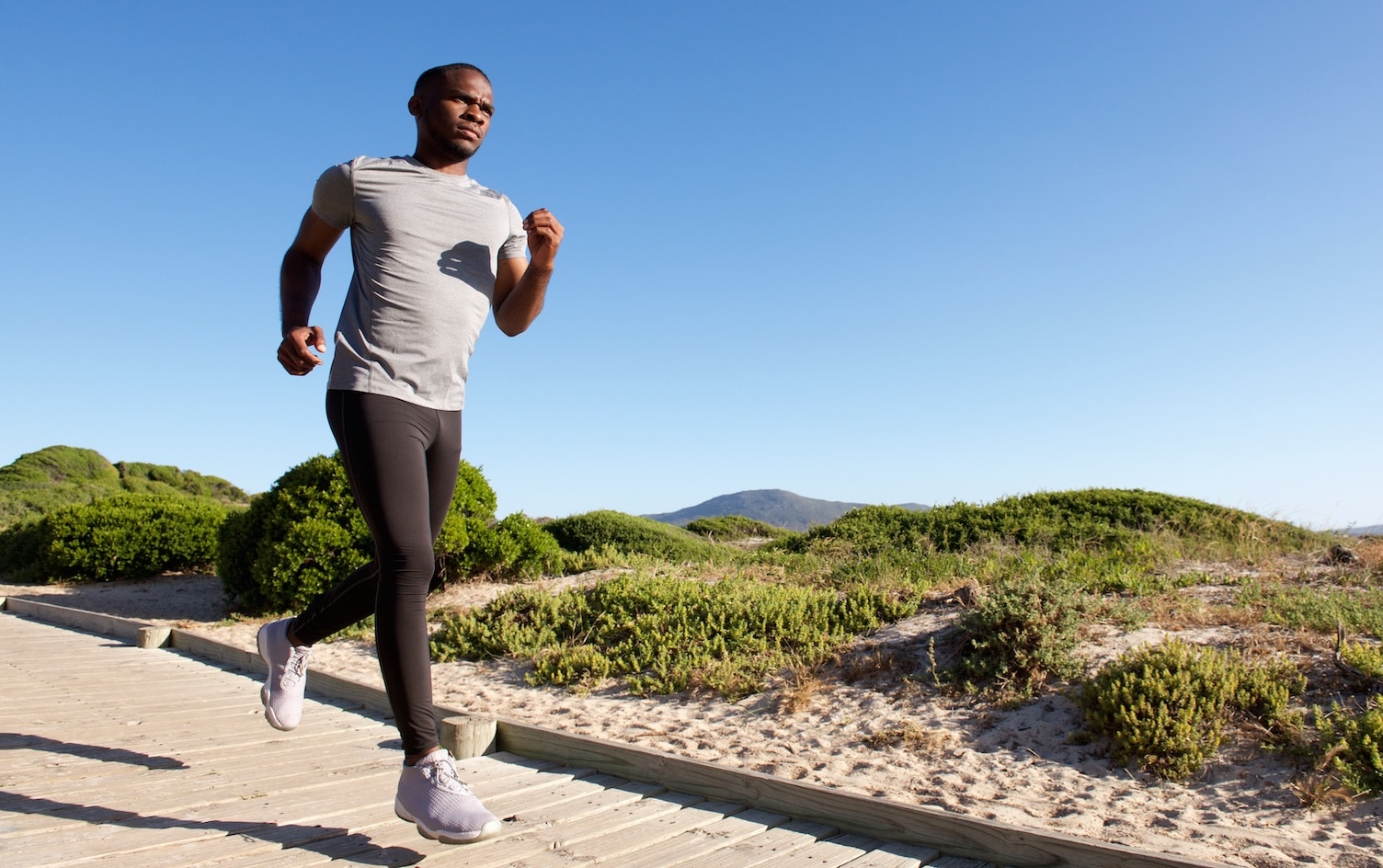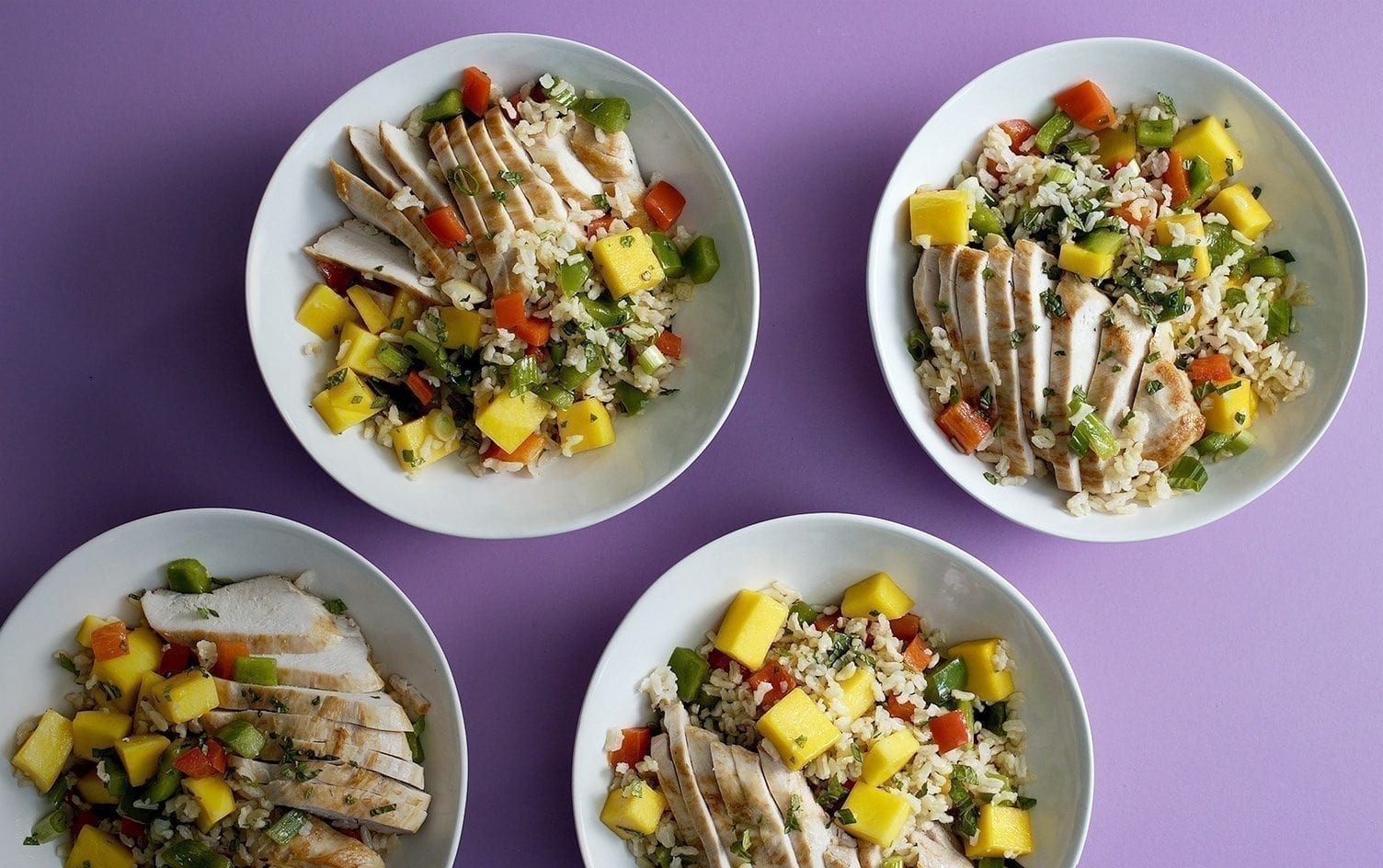Both walking and running are great for improving overall health, losing weight and boosting mental health. But when it comes to heart health, a new study shows walking might be the winner. “A lot of people don’t want to run,” says Dr. Paul Thompson, chief of cardiology-emeritus at Hartford Hospital. “Walking has a lot of the health benefits of running, especially when it comes to your heart.”
THE SCIENCE
For the study published in Arteriosclerosis, Thrombosis and Vascular Biology, Thompson followed 33,060 runners and 15,945 walkers for more than six years and found both groups experienced reductions in heart disease risk, but walking led to greater impacts on blood pressure and cholesterol.
Another study called walking “the first step in cardiovascular disease prevention,” because it is more accessible than running, especially if you’re just starting an exercise program. It’s lower-impact and there’s less of an injury risk, boosting the likelihood you’ll stick with it.
WHY WALKING SPEED MATTERS
The biggest benefits to heart health come from a brisk walk. That means “you’ll need to log at least 100 steps per minute (almost three miles per hour or a 20-minute mile),” says Elroy Aguiar, PhD, an assistant professor in exercise science at the University of Alabama and the study co-author.
Aguiar conducted a separate study that found higher step cadence was associated with other heart health measures such as lower body mass index, waist circumference and insulin: The more steps participants took per minute, the lower their cardiometabolic risk factors.
THE BOTTOM LINE
“Any physical activity is better than none when it comes to improving health outcomes,” says Aguiar, whether that’s walking or running. If you don’t love running, or are just starting an exercise routine, walking might be a better choice.
To get started, “aim to walk for 30 minutes, 3–5 times per week,” suggests Aguiar. “Count your steps over a 1-minute period and make sure you are walking at a cadence of at least 100 steps per minute. As your fitness improves, increase your cadence to reach a higher intensity.”




